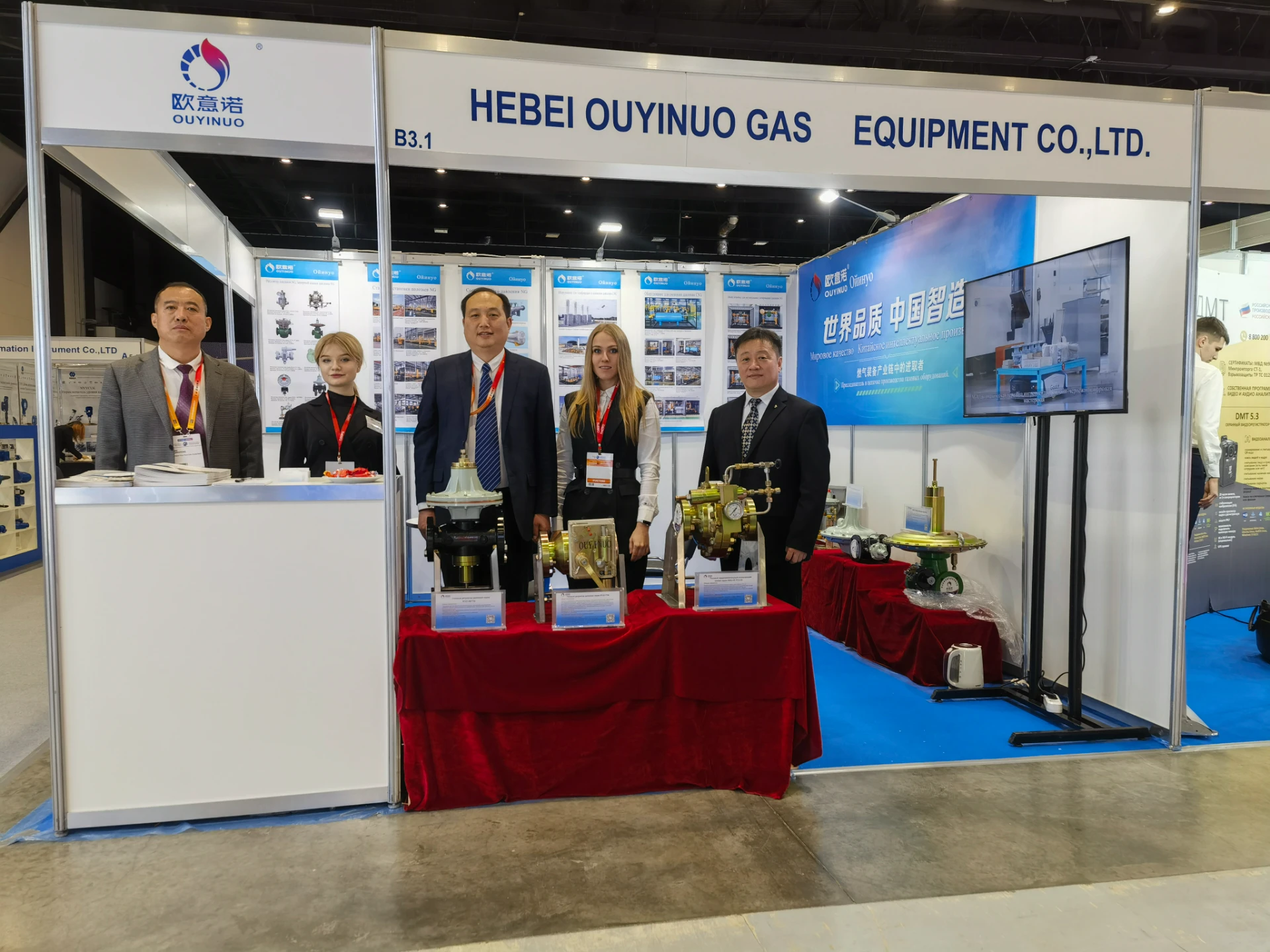
Nov . 24, 2024 13:02
Back to list
Exploring the Functionality and Applications of Pneumatic Control Valves in Automation Systems
Understanding Pneumatic Control Valves
Pneumatic control valves are critical components in various industrial applications, functioning as essential instruments for controlling the flow and pressure of air in pneumatic systems. These valves play a vital role in automating processes, enhancing efficiency, and ensuring safety in operations across multiple sectors such as manufacturing, automotive, and aerospace.
The Role of Pneumatic Control Valves
Pneumatic control valves regulate the flow of compressed air or gas in a system. They respond to control signals and adjust the flow rate or pressure, allowing for precise control of actuators like cylinders and motors. This capability is essential in applications where the automation of processes is required, such as in assembly lines, robotic arms, and machinery operation.
The primary function of these valves is to manage the actuation of devices that rely on air pressure to perform work. For example, in a manufacturing setting, pneumatic control valves control the cylinders that lift, push, or move products along a conveyor belt. By regulating the pressure and flow of air, these valves ensure that the movements are executed smoothly and reliably.
Types of Pneumatic Control Valves
There are various types of pneumatic control valves, each designed for specific applications and functions. Some of the most common types include
1. Directional Control Valves These valves control the direction of airflow in a pneumatic system. They can divert air to different routes, allowing for the sequential or simultaneous operation of multiple actuators. Directional control valves come in various configurations, including 2/2, 3/2, and 4/2, indicating the number of ports and positions.
2. Pressure Control Valves These valves maintain a specific pressure within the pneumatic system. They can regulate the pressure by either relieving excess pressure or allowing additional air to enter the system. Pressure control valves are crucial for protecting equipment from damage due to overpressure and ensuring optimal performance.
pneumatic control valve

3. Flow Control Valves These valves regulate the speed at which air flows through the system. By adjusting the flow rate, they can control the speed of actuators, allowing for precise movement and operation. Flow control valves are commonly used in applications where the speed of operation is critical, such as in painting or welding processes.
4. Shuttle Valves Shuttle valves allow air to flow from two different sources, automatically selecting the source with higher pressure. This feature is particularly useful in systems that require redundancy for reliability, ensuring continued operation even if one air supply fails.
Advantages of Pneumatic Control Valves
The use of pneumatic control valves in automation and control systems offers several advantages
- Speed and Efficiency Pneumatic systems can operate at high speeds, and control valves enhance this efficiency by allowing for quick response times in actuation. This characteristic is particularly beneficial in high-volume production environments.
- Simplicity and Reliability Pneumatic control valves are generally simpler in design compared to their hydraulic or electronic counterparts. This simplicity makes them highly reliable and easy to maintain, reducing downtime and maintenance costs.
- Safety Pneumatic systems tend to be safer than hydraulic systems because they operate at lower pressures and do not pose the same risk of leaks or spills. Control valves play a significant role in maintaining safe operating conditions by managing pressure and flow.
Conclusion
In conclusion, pneumatic control valves are indispensable in modern automation systems, providing essential functions to manage the flow and pressure of air in various industrial applications. Their diverse types, including directional, pressure, flow, and shuttle valves, cater to specific needs within pneumatic systems. The advantages of speed, efficiency, simplicity, reliability, and safety further underscore the significance of these valves in enhancing operational performance. As industries continue to advance toward greater automation and efficiency, the role of pneumatic control valves will only become more prominent in ensuring effective and reliable process control.
Next:
Latest news
-
Safety Valve Spring-Loaded Design Overpressure ProtectionNewsJul.25,2025
-
Precision Voltage Regulator AC5 Accuracy Grade PerformanceNewsJul.25,2025
-
Natural Gas Pressure Regulating Skid Industrial Pipeline ApplicationsNewsJul.25,2025
-
Natural Gas Filter Stainless Steel Mesh Element DesignNewsJul.25,2025
-
Gas Pressure Regulator Valve Direct-Acting Spring-Loaded DesignNewsJul.25,2025
-
Decompression Equipment Multi-Stage Heat Exchange System DesignNewsJul.25,2025

